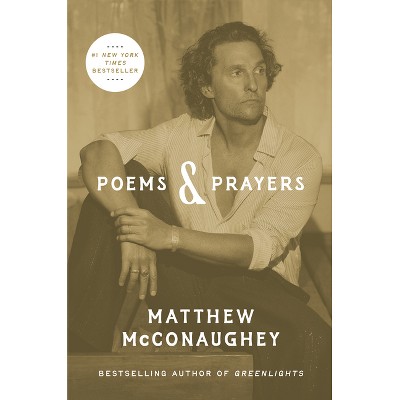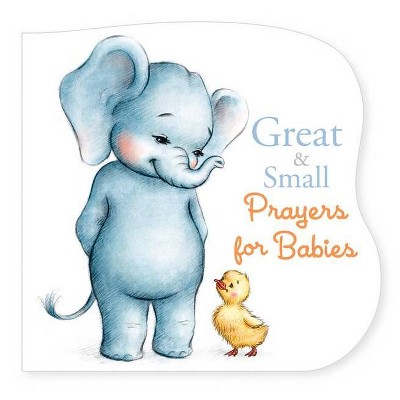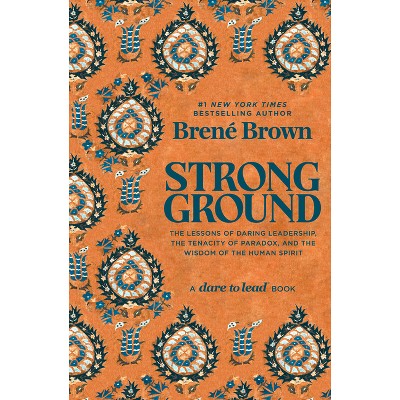Sponsored

New Histories of Village Life at Crystal River - (Florida Museum of Natural History: Ripley P. Bullen) by Thomas J Pluckhahn & Victor D Thompson
In Stock
Sponsored
About this item
Highlights
- An in-depth study of a Woodland period archaeological site that was occupied for over 1,000 years This volume explores how native peoples of the Southeastern United States cooperated to form large and permanent early villages using the site of Crystal River on Florida's Gulf Coast as a case study.
- About the Author: Thomas J. Pluckhahn, professor of anthropology at the University of South Florida, is the author of Kolomoki: Settlement, Ceremony, and Status in the Deep South, A.D. 350 to 750.
- 282 Pages
- Social Science, Archaeology
- Series Name: Florida Museum of Natural History: Ripley P. Bullen
Description
About the Book
This volume explores how Native peoples of the Southeastern United States cooperated to form large and permanent early villages using the site of Crystal River on Florida's Gulf Coast as a case study.Book Synopsis
An in-depth study of a Woodland period archaeological site that was occupied for over 1,000 years
This volume explores how native peoples of the Southeastern United States cooperated to form large and permanent early villages using the site of Crystal River on Florida's Gulf Coast as a case study.
Crystal River was once among the most celebrated sites of the Woodland period (ca. 1000 B.C. to A.D. 1050), consisting of ten mounds and large numbers of diverse artifacts from the Hopewell culture. But a lack of research using contemporary methods at this site--and nearby Roberts Island--limited a full understanding of what these sites could tell scholars. Thomas Pluckhahn and Victor Thompson reanalyze previous excavations and conduct new field investigations to tell the whole story of Crystal River from its beginnings as a ceremonial center through its growth into a large village to its decline at the turn of the first millennium while Roberts Island and other nearby areas thrived.
Comparing this community to similar sites on the Gulf Coast and in other areas of the world, Pluckhahn and Thompson argue that Crystal River is an example of an "early village society." They illustrate that these early villages present important evidence in a larger debate regarding the role of competition versus cooperation in the development of human societies.
A volume in the Florida Museum of Natural History: Ripley P. Bullen Series
Review Quotes
"This
study offers a refreshing new look at Crystal River, an important and
well-known site located on the west coast of Florida that was used over a
lengthy span."--American Antiquity
"A
valuable addition to southeastern archaeological research.
Archaeologists and historians with interests in early village formation
and archaeological field methods would benefit from reading this
volume."--H-Net
"Provide[s]
a detailed understanding of how [the site] developed over 1,200 years
of human utilization and occupation; and demonstrate[s] how the Crystal
River/Roberts Island complex represents a model for the transition of
prehistoric societies from Archaic hunting and gathering ones to the
beginning of village life."--North American Archaeologist
"Serves
as a compelling case study. . . . This book stakes its own claims on
how archaeology should be interpreted for understanding present-day
environmental and social issues."--Midcontinental Journal of Archaeology
About the Author
Thomas J. Pluckhahn, professor of anthropology at the University of South Florida, is the author of Kolomoki: Settlement, Ceremony, and Status in the Deep South, A.D. 350 to 750. Victor D. Thompson, professor of archaeology at the University of Georgia, is coeditor of The Archaeology and Historical Ecology of Small Scale Economies.Shipping details
Return details
Trending Non-Fiction






Discover more options





